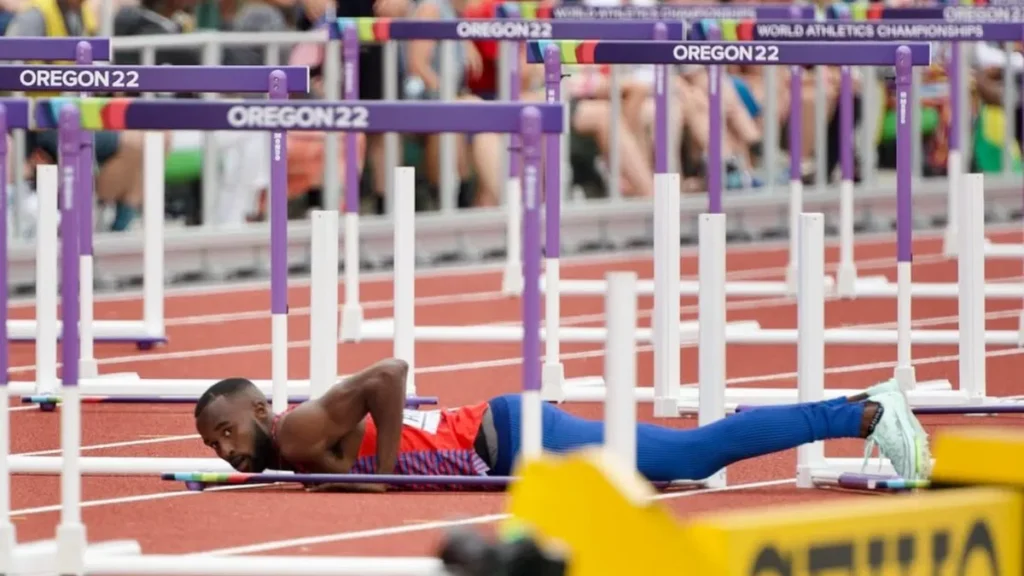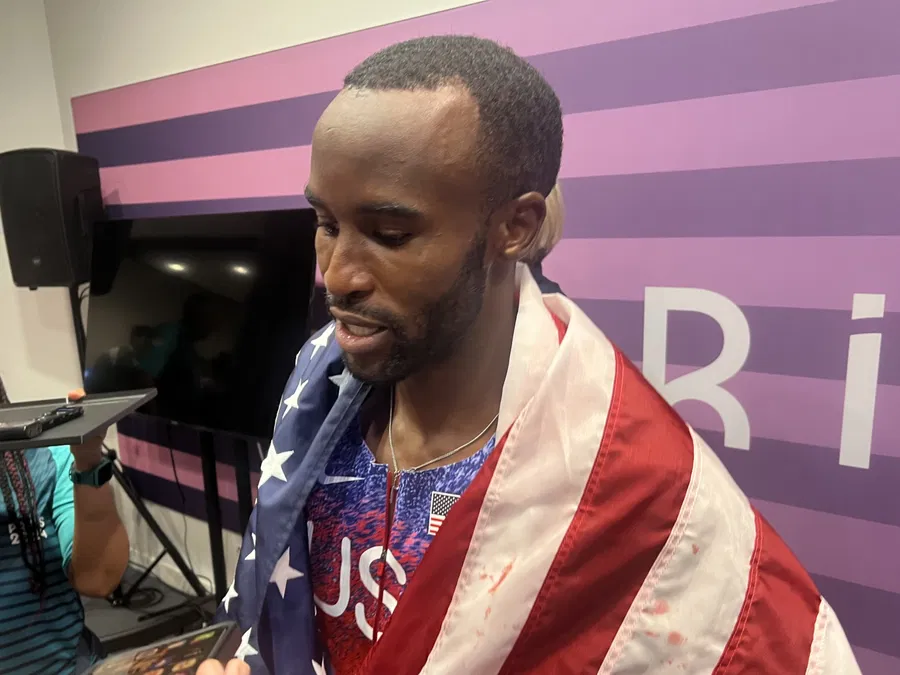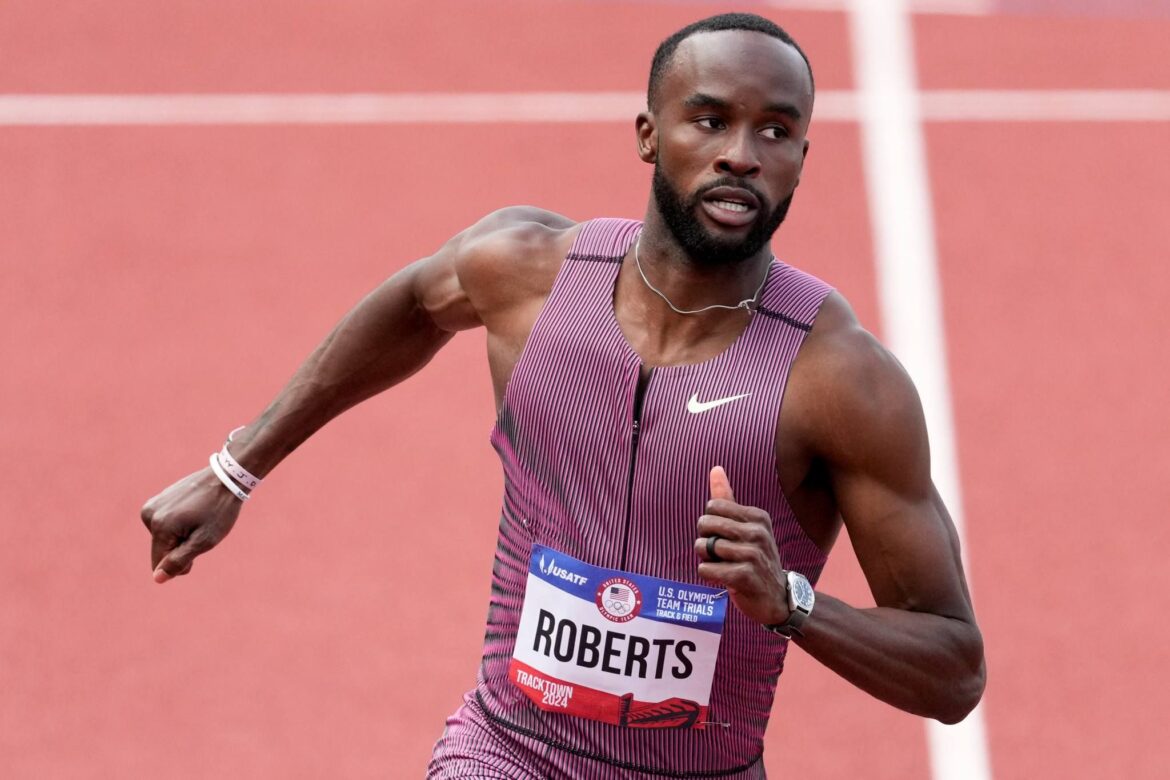At the Paris Olympics, the American hurdler Daniel Roberts’ produced a thrilling performance in the 110m hurdles final.
Despite clipping multiple hurdles, Roberts’ displayed unrelenting grit, diving across the finish line to edge Jamaica’s Rasheed Broadbell by just 0.003 seconds, securing silver behind Grant Holloway’s gold. It was a moment of glory, a U.S. 1-2 sweep, and a personal best of 13.085s for Roberts.
But behind the unforgettable Olympic finish, a harsh reality was quietly taking shape.
In a candid video posted to his YouTube channel on July 7, 2025, Roberts’ opened up about a struggle most fans didn’t see coming.
“From January 1st to now, I’m unsponsored,” he revealed.
The silver medalist, who once signed his first professional deal in June 2019 and remained backed through multiple career highs, including a 2023 World Championship bronze, now finds himself without brand support.
A Business First, Sport Second

Roberts’ transparency offers a rare glimpse into the business side of track and field.
“Our income is from sponsorships,” he explained.
“But for brands, it’s all about marketing… They’re going to pick the athlete that gets the most eyes. That’s the winners, the fast runners, the big followings.”
Performance, after all, is only part of the story. In today’s landscape, visibility, charisma, and brandability often tip the scale more than medals alone. The most prominent example is Usain Bolt.
The Jamaican icon didn’t just dominate the track; he also captivated the global stage. His sponsorships, from Puma’s lifetime deal to endorsements with Hublot, Epson, Allianz Direct, and Digicel, were a mix of athletic excellence and market magnetism.
Roberts’ admits he’s learning that lesson the hard way.
“After my best year, Olympic silver, breaking 13 seconds, my sponsor dropped me,” he said.
“And I’ve had to live off prize money for the past six months.”
What Went Wrong?
Despite his Olympic podium finish, Roberts’ post-Paris season didn’t mirror the same fire. His first race back in Lausanne saw him finish fourth in 13.26s. In Chorzów, he ran 13.24s for third.
In Zürich, he improved to 13.18s but placed fifth. A runner-up finish in Zagreb (13.18s) was a brief highlight, before ending the season eighth in Brussels with a 13.44s run.
Perhaps the numbers tell the story sponsors couldn’t ignore: no wins, no new records, and no sub-13 performances since the Olympic trials.
For athletes in a results-driven sport, these dips can be brutal. And while Roberts’ has about 23.6K followers on Instagram, visibility alone may not be enough to maintain big-brand backing.

The Bigger Picture
Roberts’ case shines a light on the tightening dynamics of track and field sponsorships. As he explained, brands now seek more than athletes, they seek influencers, trendsetters, personalities who go viral as easily as they cross finish lines.
“Athletes have to focus on more than just competing well,” he said.
In a sport where corporate interest often ebbs and flows with fame, even Olympic medals aren’t a guarantee. The question for many athletes now isn’t just how fast you run, but who’s watching when you do.
For now, Roberts continues to train and race, unsponsored but undeterred. His hope, perhaps, is to spark conversations that push for a shift in how athletes are supported, not just at their peaks, but in the long, quiet grind in between.


